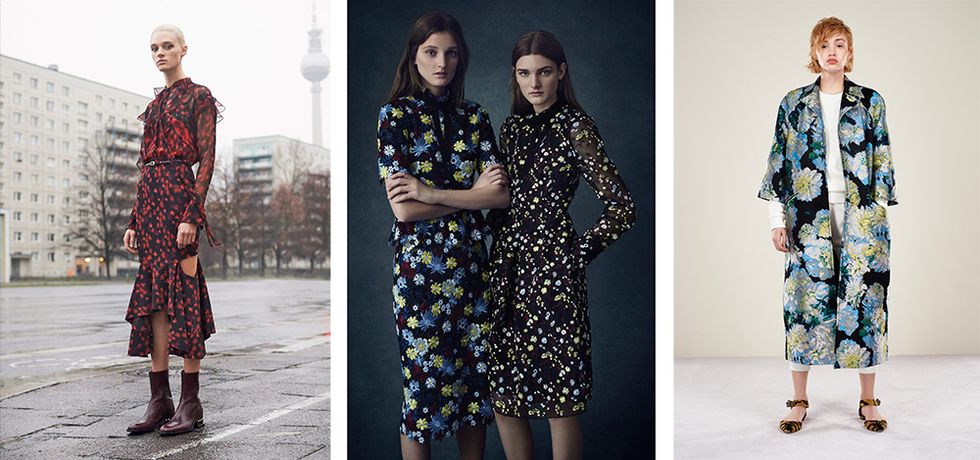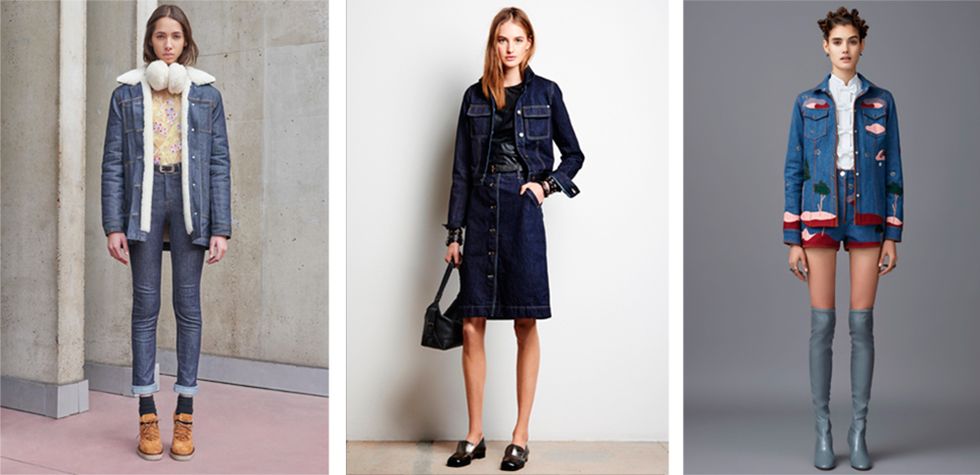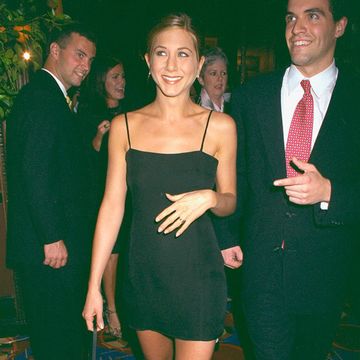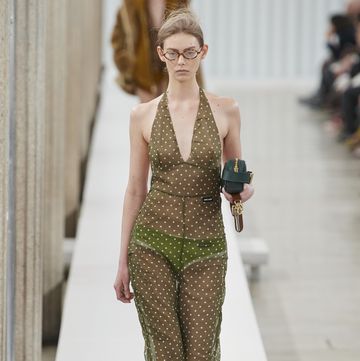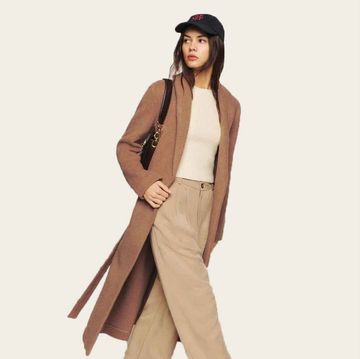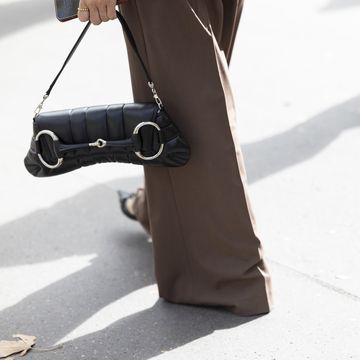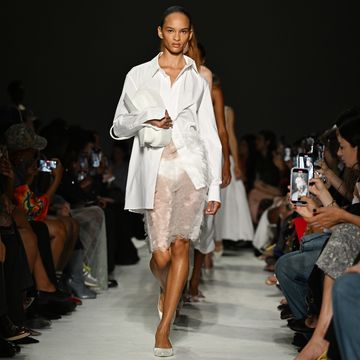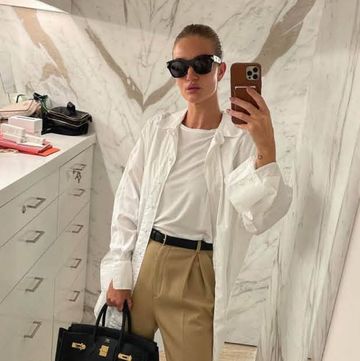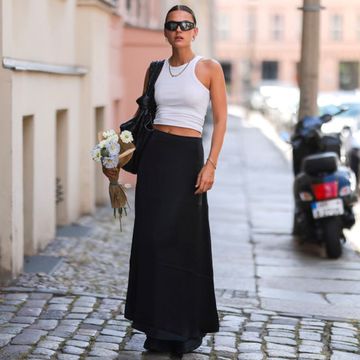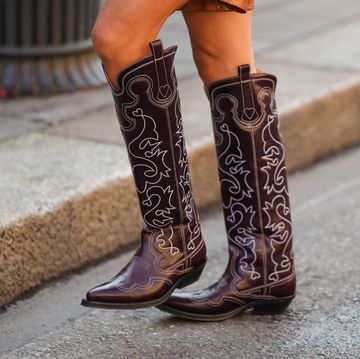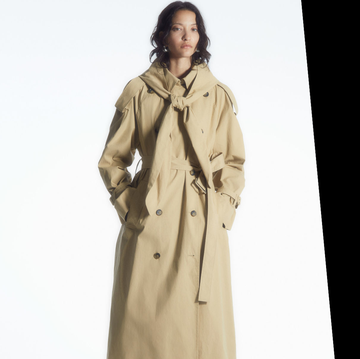If you've been following the fashion calendar, and the bigger debates surrounding it this past year, you've most likely gathered one thing: the fashion system, as it stands, is confusing. Puffer jackets hit stores during the balmiest weeks of summer, while wispy slips land during that particularly glacial stretch of winter, when bare legs and open toes are but a far off dream.
Pre-collections, however, have increasingly become that rare point in the fashion calendar when what we want, need and what's available all line up. They were once thought of as the transitional moment, clothes produced by fashion houses as a prelude to the headliner act that has always been the main seasons: autumn/winter and spring/summer.
But with a full six-month stretch in stores, pre-collections are as constant and reliable as the main seasons are unpredictable, meaning the trends aren't quite as changeable as the main season collections, and the looks don't reach the same levels of razzmatazz or overexposure.
As a result, pre-collections in many ways are much easier to shop. That explains why they now make up as much as 60% of designer revenues and why luxury brands are investing more in splashier pre-collection shows (this past spring alone, Gucci, Chanel, Louis Vuitton and Dior had splashy shows in Westminster, Cuba, Rio and Blenheim respectively).
'So many brands now invest heavily in their pre-fall collections because of the commercial value. The collections are not about trends as such, though do indicate what is to come for the main season and provide customers with that see-now-buy-now appetite that is so prevalent today,' says Anita Barr, Buying Director at Harvey Nichols, where pre-collections now make up 70% of the store's entire buy.
Natalie Kingham, Buying Director of matchesfashion.com admits pre-collections now make up most of her wardrobe. 'They're the pieces that are very wearable. They're wardrobe essentials with great price points and they're also less identifiable,' she says. 'Runway for me is when I invest in statement pieces to team with the rest of my wardrobe,' she explains. Barr adds that it's the 'pre-fall collections that make up my everyday wardrobe'. So how best to approach shopping the pre-season?
'As our summer seems to start later and later, I personally like to invest in transitional pieces that I can wear straight away,' says Laura Larbalestier, Buying Director at Browns. Chrissie Morris, the footwear designer, has a similar strategy: 'I buy pieces that will freshen up the summer wardrobe but also see me through the winter, like a pair of mustard Chloé flares I recently bought.'
Barr shops the season with a set list of staples in mind: 'I'm looking for the essentials – lighter weight outerwear and knits, skinny jeans from Rag & Bone, a blazer from Helmut Lang, or a leather jacket from Rick Owens. I think the bulk of your wardrobe should be made up of pre-fall [pieces] because they tend to be transferrable across seasons and easily adaptable.'
So in short, the pre-collections are about good old-fashioned wardrobing – that is, the act of topping up your arsenal with those hard-working pieces that get the most wear throughout the year. And when in doubt, use Natalie's strategy: 'Think about what you have in your wardrobe that you've worn to death and go from there.'

